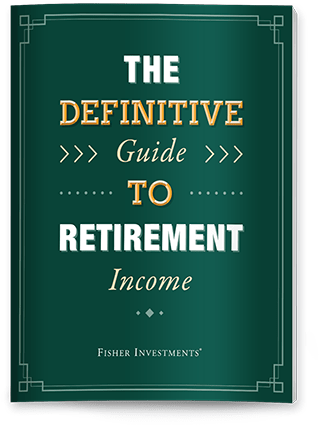Real Estate as Part of Your Retirement Strategy
Real estate investments can be divided into two broad categories: direct and indirect. Both carry unique opportunities, risks and drawbacks that deserve careful consideration. Because real estate investing can be complex, we recommend you learn the basics before diving in.
Direct Real Estate Investments
This involves investing directly in real property like a single-family residence or a multi-family investment property to generate cash flow, capture property appreciation or both. But directly investing in real estate is not as straightforward as it may sound. Here are some key reminders:
- Generating income from rental properties means you will have to collect rent, which can be difficult. When tenants don’t pay rent, the eviction process can be costly, time-consuming and reduce your investment returns. On the other hand, handing those duties to a property manager can also increase operating costs.
- Buying and selling direct real estate investments can take more time and paperwork than other, more liquid, assets. Real estate investors who buy a property to sell it for a profit in the future might face liquidity risk and be forced to sell a property at a loss during a down cycle. You might have to be prepared to hold a real estate investment longer than anticipated to sell it at a profit.
- The regional economy can significantly influence a property’s value. Your overall returns could be subject to local market drivers.
- Direct real estate investments can be a source of unexpected and significant expenses to keep a property functional.
- An investment in direct real estate can require significant capital outlays. For example, to buy a $500,000 property with a mortgage, you would need $100,000 for a 20% down payment. That figure does not include closing costs and other expenses associated with the purchase.
- Finally, to accurately calculate returns on real estate investments, you need to account for mortgage interest, property tax, insurance costs and remodeling or maintenance expenses. These costs can be substantial and can lower your returns significantly.

See Our Investment Guides
The world of investing can seem like a giant maze. Fisher Investments has developed several informational and educational guides tackling a variety of investing topics.
Indirect Real Estate Investments
When you buy shares in a company that manages real estate, you are making an indirect real estate investment. An example of an indirect real estate investment would be purchasing shares in a real estate investment trust (REIT), an entity that pools investor capital to buy income-producing residential and commercial properties. At a high level, purchasing REIT shares entitles you to regular dividend income. The difference with direct real estate investments is that you typically are not involved in a property’s operations, and you are absolved of associated responsibilities like upkeep and maintenance.
Each REIT company operates differently and offers different products and features to the public. Therefore, it’s important for investors to research each REIT carefully and thoroughly. Below, we describe a few basic features about investing in REITs, which fall into two basic categories: publicly traded and private.
Publicly traded REIT shares trade on a major exchange, just like stocks, and are accessible to most investors. Shares in these investment vehicles are reasonably liquid. Their prices update regularly, and you can purchase them at almost any time.
Private REITs aren’t publicly traded and don’t appear on national exchanges. They tend to be illiquid with significant lock-up periods, which can restrict investors from accessing their capital quickly.
Importantly, you have no control over the properties in the REIT’s portfolio with either a publicly traded or private REIT. This increases your risk that a REIT company may focus on properties within a specific geographic region or industry (known as concentration risk) that may or may not perform as expected.
Contrasting Stocks and Real Estate
If you wish to avoid some of the major drawbacks of investing in real estate (e.g., high capital requirements, liquidity and concentration risk) consider the benefits of building a diversified portfolio of stocks, bonds and other securities.
This investment approach can offer increased liquidity since it offers the opportunity to buy and sell individual securities when it suits you. This strategy also provides effective diversification because you can own a wide range of assets instead of concentrating in one category of the market or a few properties. Another benefit of this investment strategy is flexibility; you can be selective depending on market dynamics. We believe most investors can reach their long-term financial objectives with a properly managed stock portfolio, while avoiding some of the headaches that come with investing in real estate.




